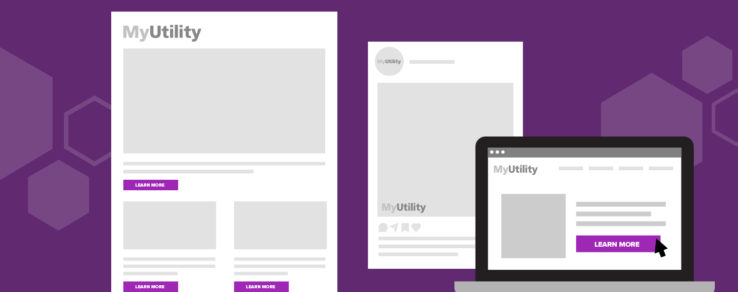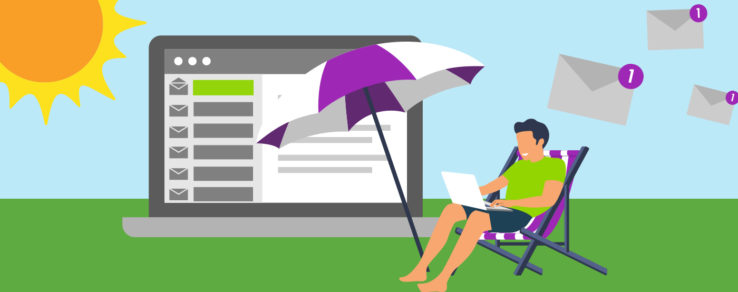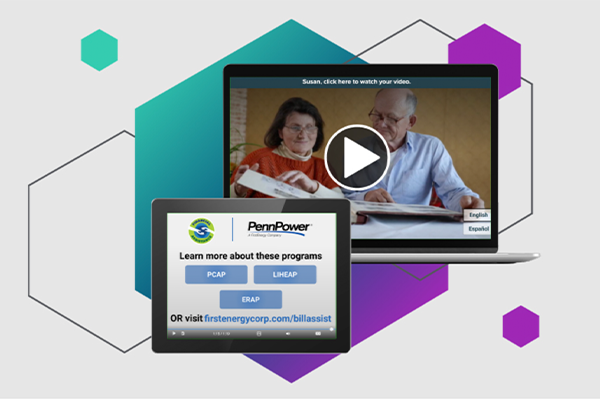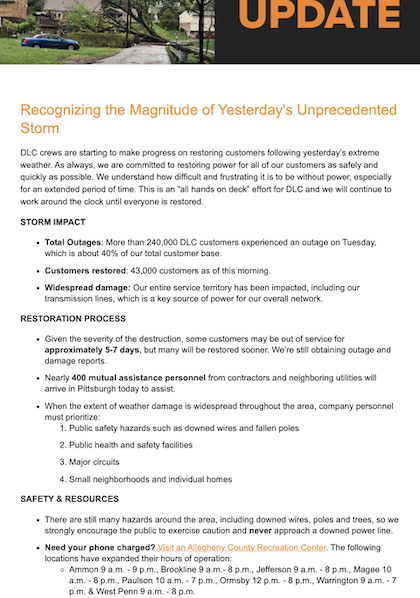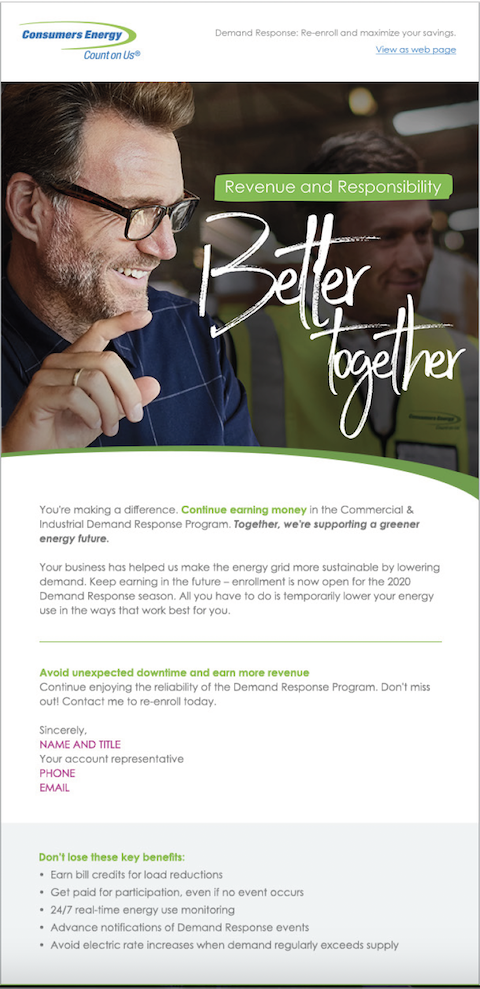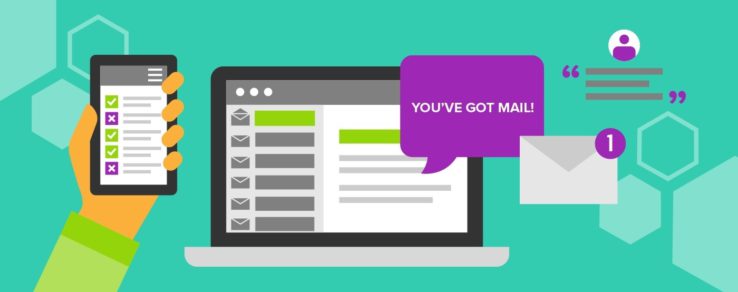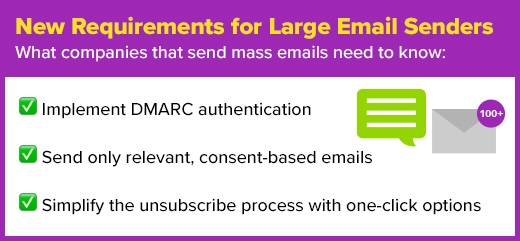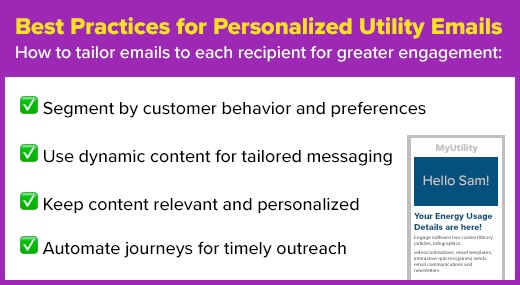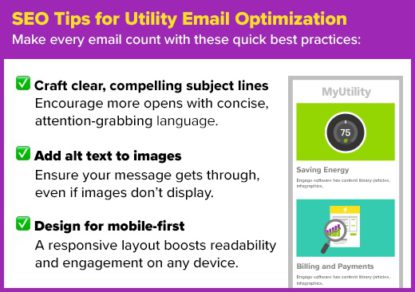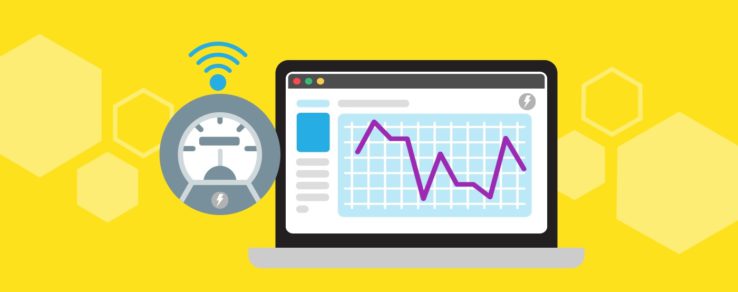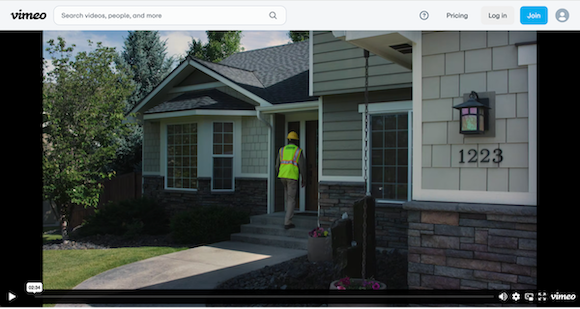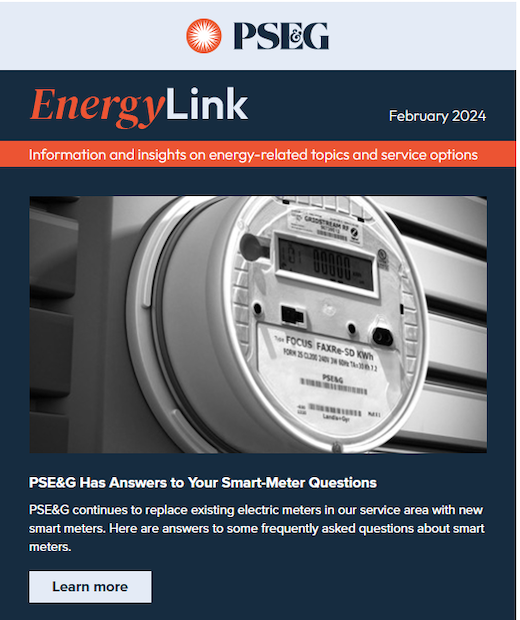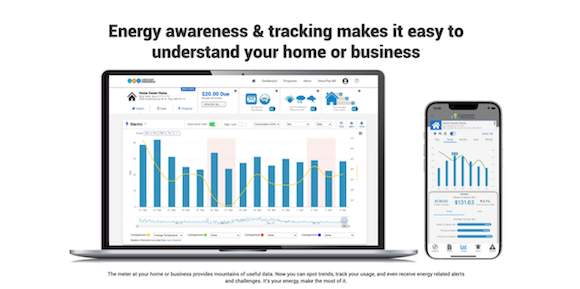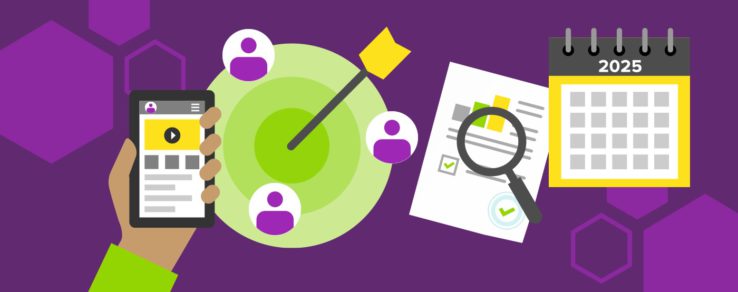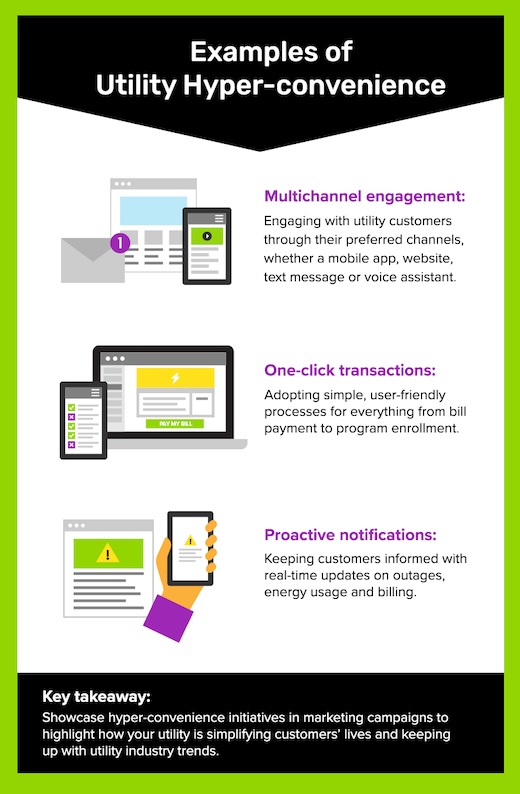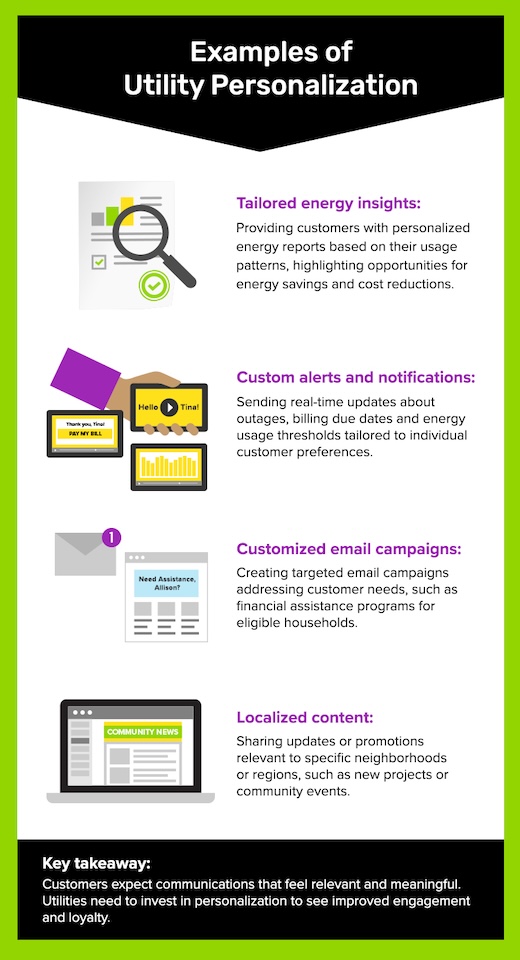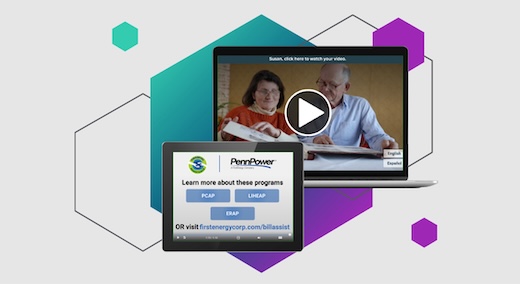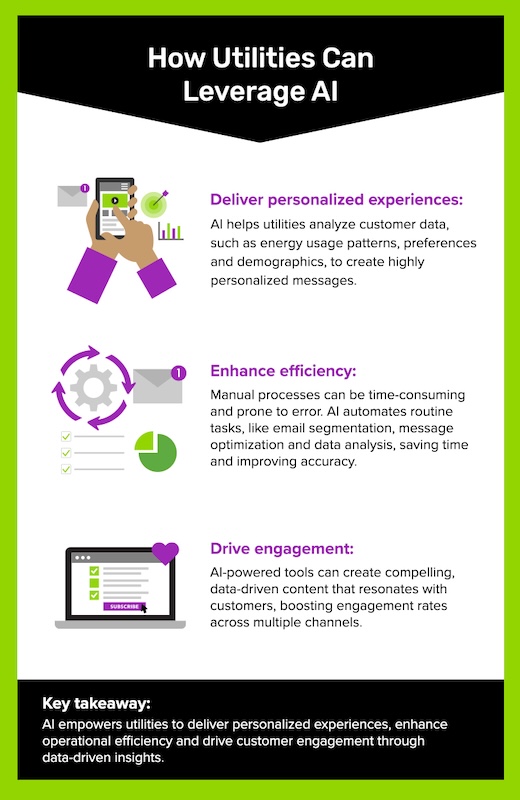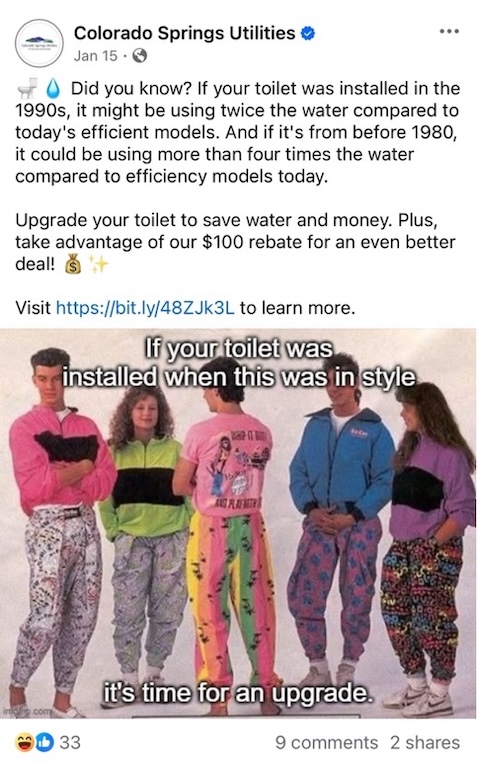Brand appeal is more than just a positive reputation — it’s the foundation of utility customer engagement.
When customers trust and value their utility, they are more likely to participate in programs, support rate changes and feel satisfied with their service.
To explore how utilities can build stronger brands, Questline Digital spoke with marketers from two of the country’s top-ranked utilities in brand appeal to learn their strategies and success stories.
Brand appeal challenges
According to J.D. Power’s 2025 U.S. Electric Utility Brand Appeal Index Study, customer perceptions of affordability, innovation and community support have decreased across the industry.
The study finds that overall brand appeal scores have declined by one point for electric utilities (694 out of 1,000) and three points for gas utilities (714 out of 1,000). This decline is largely attributed to a decrease in company reputation in the following areas: customer focus, environmental stewardship and innovation leadership.
In fact, customers who feel positive about their utility’s brand report much higher satisfaction — nearly 400 points higher than those who have a neutral or negative perception.
“Utilities with strong brands almost certainly have a great customer experience, exceptional reliability and a solid financial position,” says Jeremy Tucker, Manager of Corporate Strategy and Engagement at Delaware Electric Cooperative. “A strong foundation is essential — utilities must have a holistic approach to customer engagement.”
Emphasize core values
Brand appeal isn’t just about polished advertising. It’s about consistency, transparency and authenticity — values that resonate deeply with today’s utility customers.
To build a stronger brand, utilities should lean into authenticity, showing customers who they are and why they exist.
Salt River Project (SRP), a central Arizona-based utility, put this into practice with its recent Customer Commitment campaign, designed to educate customers about its not-for-profit business model and community-focused mission.
Through research, SRP’s Marketing team discovered that many customers didn’t fully understand the distinction of being a not-for-profit utility. With a growing and changing population in Arizona, new residents weren’t as familiar with SRP’s history and purpose as longtime customers. To bridge that gap, the campaign spotlighted the utility’s core values and brand promise.
The Customer Commitment campaign reinforced that SRP has no shareholders to serve, only customers. Revenue is reinvested into the community through improved infrastructure, enhanced customer programs and investments in innovation. By telling this story across multiple channels, the utility was able to effectively communicate how it serves the community.
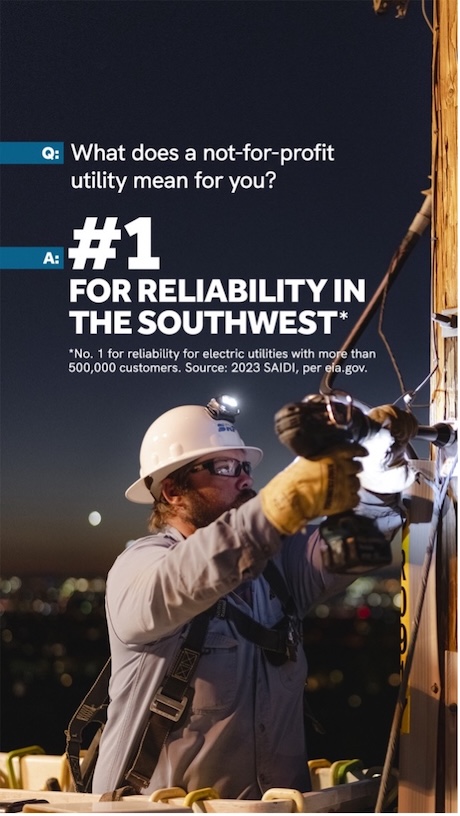
“At the end of the day, our brand promise is that we exist for the future prosperity of our customers and the community that we serve,” says Elise Gould, Senior Director of Customer Insights, Brand Strategy and Marketing at SRP. “As the largest not-for-profit utility in Arizona, we are uniquely empowered to prioritize the needs of our customers.”
Similarly, Delaware Electric Cooperative (DEC) built its brand around what makes the utility unique. Several years ago, DEC undertook a wholesale review of its marketing and communications strategy to identify what set it apart from other utilities. The answer was clear: Its not-for-profit, member-focused business model.
By consistently highlighting this difference, DEC has grown both brand appeal and long-term customer satisfaction. Over the past decade, the cooperative centered communications around its commitment to delivering reliable, affordable power. This transparency and emphasis on community governance reinforced customer trust and loyalty.
“We’ve spent a decade really focusing on our not-for-profit business model and building our brand around the idea that we do things differently from the investor-owned and municipal utilities,” Tucker says. “We are laser-focused on delivering power to our members at the lowest possible cost and ensuring a sustainable source of energy.”
Help customers save energy and money
In today’s climate of economic uncertainty, customers are turning to their utility for guidance on how to save energy and lower their monthly bill. Providing helpful programs and resources can make a difference in customers’ lives and build stronger brand appeal.
SRP offers a variety of programs to help customers save money, manage their energy use and feel more in control of their bills. For example, the utility’s Budget Billing program makes it easy for customers to plan ahead by spreading energy costs evenly across the year, reducing the surprise of seasonal bill spikes. Additionally, usage text alerts notify customers when their energy use is trending higher than normal. SRP also provides income-qualified assistance programs and energy efficiency rebates for customers facing financial hardship.
“Customers are busy with a lot of demands on their time and energy — they aren’t sitting around thinking about how they can save money on their energy bill,” Gould says. “We have to continuously inform them on where these opportunities exist.”
DEC empowers members to take an active role in keeping their electric rates affordable through the Beat the Peak program. When energy costs are at their highest during peak hours, the utility sends members an alert via email, text or the mobile app. Members can then take steps to use less energy, like turning off extra lights or waiting to use large appliances.
“Beat the Peak has saved our members more than $40 million since launching back in 2008,” Tucker says. “We’ve expanded the program beyond Delaware, giving cooperatives across the country the opportunity to leverage its benefits. Now, more than 100 cooperatives are using the program to help their customers save energy and money.”
Create compelling communications
One of the key findings from the J.D. Power study is that utilities are struggling to engage customers, despite an increase in digital platforms and paid advertising. Additionally, the study finds that communication intensity scores — which measure the volume and recall of utility communications — have decreased in 2025.
To improve communication efforts, it behooves utilities to focus on personalized messaging, community outreach and storytelling opportunities. To reach customers across generations, utility marketers should deliver relevant content across multiple channels, from social media and emails to bill inserts and community events.
DEC’s Marketing team engaged customers with a social media campaign marking the 30th anniversary of the region’s most devastating ice storm. Rather than simply looking back, the campaign highlighted how much the cooperative has changed since the mid-1990s.
The utility shared stories from employees who worked through the original storm, while also highlighting system upgrades and grid investments that now allow for faster restoration times.
The social media campaign struck a powerful balance between remembrance and progress, reinforcing DEC’s commitment to reliability and innovation. With record levels of clicks, shares and comments, it has become one of the utility’s most successful campaigns.
Storytelling is a priority for DEC, with stories of both employees and members shared through a variety of communications, including social media, newsletters and the cooperative’s annual magazine. “As a co-op for almost 90 years, we have a really powerful story to tell,” Tucker says. “But part of that story is our members. We have so many inspiring stories in our community.”
Strong community ties go a long way in improving utility brand appeal. Utilities that engage in local initiatives, such as supporting local events, providing energy education and investing in sustainable projects, often experience higher levels of engagement.
A powerful example of community partnership is SRP’s “Snow Day for Animals at the Phoenix Zoo” event. Designed to provide relief from Arizona’s extreme summer temperatures, the program brings 10 tons of snow into the zoo to keep animals like African lions, orangutans and meerkats cool and playful in their habitats. Guests also enjoy complimentary ice cream and frozen treats, making the zoo visit both refreshing and memorable.


Beyond the fun and entertainment, SRP uses the event as a touchpoint to engage with customers on energy efficiency. Utility team members share energy-saving tips and provide entry codes for the Summer of Savings Giveaway, where visitors can win energy-efficient prizes. To make the experience even more accessible, SRP customers receive discounted admission.
“Customer experience is the heartbeat of our brand,” Gould says. “Every interaction is an opportunity to reinforce our brand and remind our customers what we stand for. It comes down to that seamless, transparent and supportive service. We’re dedicated to finding those opportunities to make a real connection with our community.”
Build a better customer experience
A strong utility brand isn’t built on marketing alone — it’s defined by how customers feel during their everyday interactions.
Self-service tools like online portals, mobile apps and paperless billing options give customers the ability to manage their accounts anytime, anywhere. These seamless experiences demonstrate that the utility understands the expectations of today’s customers.
Equally important is how a utility communicates and responds during storms, outages and other events. An outage is a stressful and frustrating experience for customers, and often the moment when trust is either strengthened or lost.
Proactive updates, clear restoration timelines and multiple communication channels — from text alerts to social media posts — show customers that the utility cares. Through empathetic outage communications, utilities can turn critical moments into opportunities to build trust and reinforce their brand.
According to Tucker, social media plays an essential role in communicating with members during outages. It’s also the best platform for 24/7 communications, including responding to customers’ questions and concerns.
Whenever an outage affects more than 500 homes, DEC posts timely updates on Facebook and X, Tucker explains. Lineworkers regularly share updates and photos from the field with the Marketing team, which are then posted to social media. These posts give customers a transparent inside look at the restoration process.
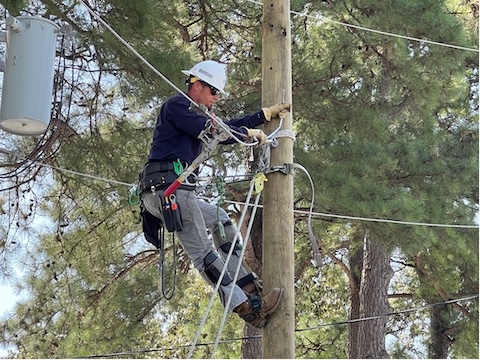
“Every time a member calls us or interacts with one of our employees, whether a call center representative or a lineman, it’s a chance for us to show we care about them,” Tucker says. “We want them to walk away from that experience with a positive view of our cooperative.”
Showcase environmental stewardship
Customers are becoming increasingly conscious of their environmental footprint and expect their utilities to play a role in sustainability. Utilities looking to improve their brand appeal should be continuously thinking about long-term investments in environmental stewardship.
Additionally, utilities should be transparent in their communication with customers about these investments and their impact on the community.
“We have a fiduciary obligation to educate members on the long-term investments we are making to ensure we have a sustainable source of power for their children and grandchildren,” Tucker explains. “It’s not just about keeping our members engaged — we have a responsibility to communicate openly with them.”
DEC is the first utility in the state of Delaware to own a solar farm, and the utility continues to expand its array of renewable energy sources. In the next year, DEC will build a utility-scale battery storage facility at the solar farm site, which will improve grid resiliency, lower demand costs and help open up portions of the grid to more residential solar. The utility also plans to build a second solar farm dedicated solely to community solar.
“We have always tried to strike a balance between maintaining our fossil fuel power plants, which are needed for base-load generation, while also investing in clean energy projects that reduce our carbon footprint,” Tucker says.
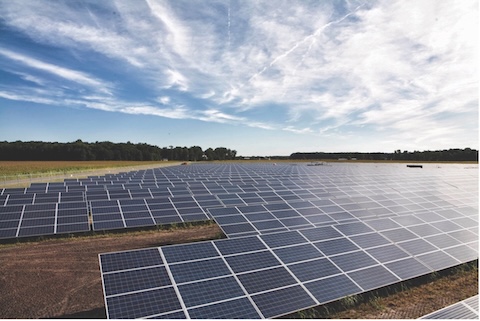
SRP regularly shares its sustainability initiatives and clean energy investments through blog articles, press releases and social media. Recent highlights include the BYOT (Bring Your Own Thermostat) Program, which helps manage grid demand by adjusting customer thermostats during conservation events. Other features showcase how SRP supports local businesses in transitioning to clean energy and how customers can receive free desert-adapted shade trees to help lower energy costs.

“Much of our communication focuses on sustainability initiatives — sharing our goals, the progress we’re making and reinforcing accountability to build trust,” Gould says. “Just as important, we want customers to understand how they can take part. By making small, informed choices, they can ‘walk the talk’ with us and contribute to positive outcomes for themselves, our utility and the entire community.”
Going above and beyond
The results from the J.D. Power study highlight a critical opportunity for utilities to re-evaluate how they communicate with and serve their customers. Fostering a strong connection with customers goes beyond meeting basic needs — it’s about providing valuable programs, impactful communications and personalized connections. By taking a customer-centric approach, utilities have the power to strengthen their brand appeal.
Ready to transform your utility’s brand reputation?
Let Questline Digital help you craft strategic campaigns that build trust and loyalty with your customers.
